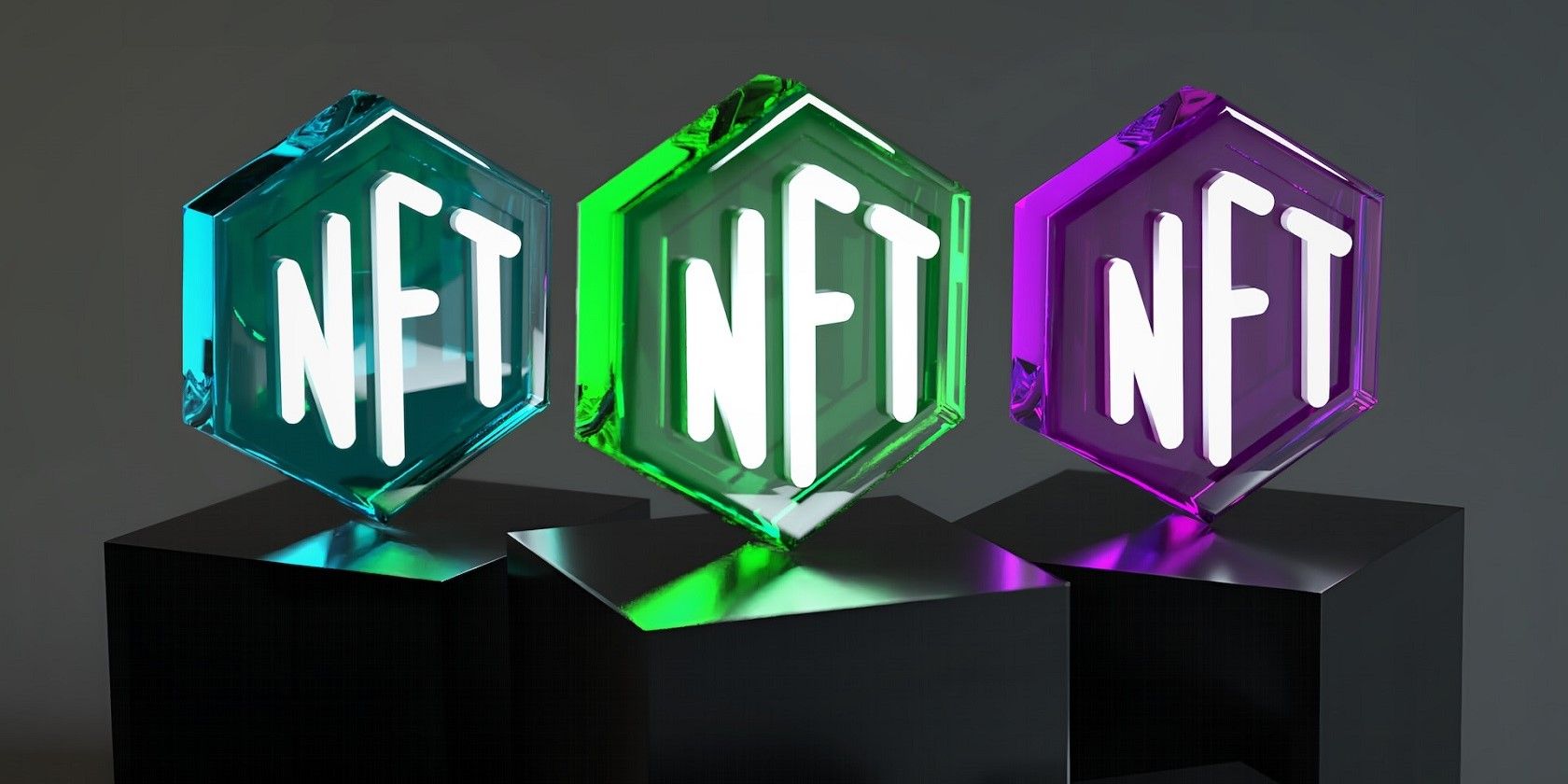What Is a Dynamic NFT (dNFT)?
NFTs have undoubtedly taken the internet by storm, but are not all one and the same. NFTs can come in a number of forms, including a dynamic NFT (dNFT).
So, what is a dynamic NFT, how does it work, and is it better than a regular NFT?
What Is a Dynamic nFT (dNFT)?
A static (i.e., a regular) NFT, once created and minted, will always be the same, meaning the metadata it refers to cannot be altered. This isn’t necessarily a bad thing but can pose limitations if the creator or owner wants to change things up. Maybe they want to change a certain property of the NFT or update a certain piece of information. With a static NFT, this cannot be done.
Enter dynamic NFTs (dNFTs).
A dynamic NFT is, of course, still a non-fungible token, meaning it is a unique blockchain asset that is used to tokenize something else, such as a drawing, video, song, or similar.
But, as the name suggests, dynamic NFTs have a number of extra capabilities not offered by static NFTs. In short, they are programmed to be more dynamic.
How Do Dynamic NFTs Work?
A dynamic NFT uses smart contracts to function. Smart contracts are programs used to execute a process so long as the predefined parameters are met. These are particularly popular on the Ethereum blockchain and are now relevant in dynamic NFTs.
Smart contracts are used to access both on-chain and off-chain data in the creation of a dynamic NFT and are encoded within the NFT itself.
The smart contract plays a key role in allowing the dynamic NFT’s attributes to change. In order to change, the NFT requires external (off-chain) data. Blockchains cannot access external data themselves and instead use a blockchain oracle to do so. It is the smart contract that receives data from the oracle, which is then used to alter or update the NFT.
Dynamic NFTs are also minted using smart contracts. When minted, they are linked to a set of metadata, but unlike regular NFTs, this can be changed if required.
Are Dynamic NFTs Better Than Static NFTs?
Dynamic and static NFTs both have solid use cases, though the former may outshine the latter in many scenarios.
For example, dynamic NFTs can offer a higher level of user engagement or interactivity. This is because dynamic NFTs can be altered and updated to better suit user demand and can amass hype by offering new features.
Additionally, dynamic NFTs are more suited to representing real-world assets. For instance, a dynamic NFT could be used to represent a piece of real estate. Because real estate prices are always fluctuating, the smart contract encoded in the NFT can fetch external data on these price changes, which would then be relayed to the NFT.
On the topic of real-world data, dynamic NFTs could also be used to verify identity. While static NFTs could be used here, if a person changes their name or gender or wants to update their identification photo, a dynamic NFT would be able to update this information.
Dynamic NFTs also allow for a higher level of user control due to their programmable features and can offer artists the ability to gain revenue through royalties based on the ongoing user interaction with their music or videos.
Dynamic NFTs could contribute to NFT loyalty overall, too. With greater interaction and programmability, users are more likely to stay interested in a given NFT collection or project, as they know there are more updates and developments to come.
Dynamic NFTs Have a Promising Future
It’s clear that dynamic NFTs have some interesting capabilities that may make them a prevalent component of the DeFi industry. There are so many ways through which these NFTs could be used, and their increased use may also improve NFT adoption and attitudes. One day, we may all be using dynamic NFTs in one way or another.
